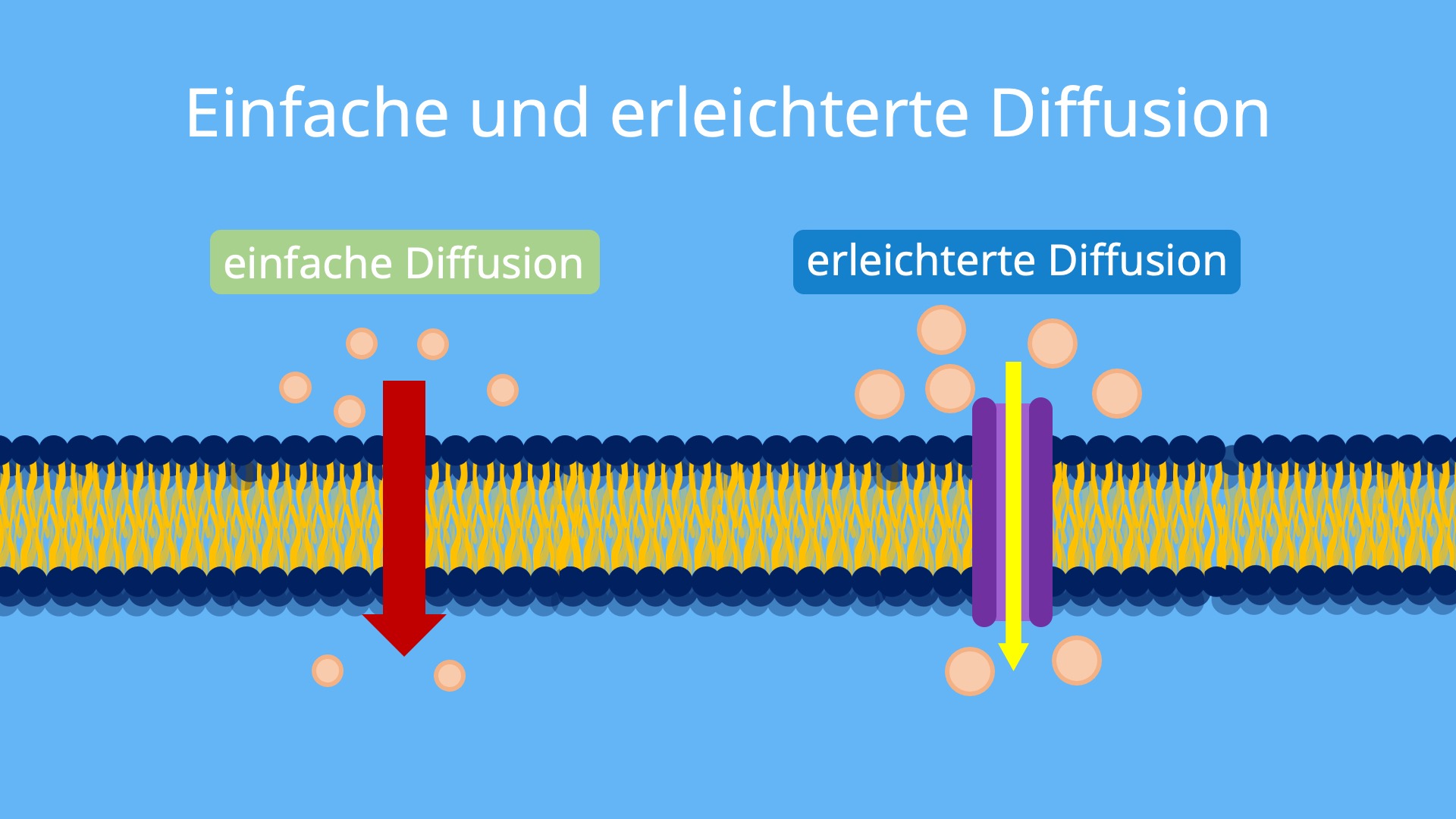
Source: Studyflix
Diffusion in Solar Cells
When light hits a solar cell, carriers are generated near the surface. However, if the absorption is strong, all the light gets absorbed near the surface, leading to no carriers being generated in the bulk of the solar cell. This creates a carrier concentration gradient within the semiconductor, causing carriers to move from areas of high concentration to areas of low concentration through diffusion.
Carrier Movement through Diffusion
The random motion of carriers results in a net movement from regions of high carrier concentration to low concentration. Over time, carriers diffuse throughout the cell until the concentration becomes uniform. The rate of diffusion depends on carrier velocity and the distance between scattering events, known as diffusivity.
Effect of Diffusion in Solar Cells
Diffusion helps even out carrier concentrations induced by processes like generation and recombination within the device without any external force. This means that regions with high carrier concentrations will eventually become uniform throughout the material due to the random movement of carriers.
Diffusion Equations
The flux of diffusing particles is proportional to the concentration gradient, leading to one-dimensional diffusion equations for electrons and holes. These equations involve diffusion current densities, diffusion coefficients, charge, and concentrations of electrons and holes.
Continuity Equation
Continuity equations describe the rate of carrier buildup in the semiconductor’s bulk, considering carrier recombination and generation rates. By combining the diffusion equations, one can derive equations that show the movement and concentration of carriers in the semiconductor over time.

Source: StudySmarter
Feel free to comment your thoughts.
